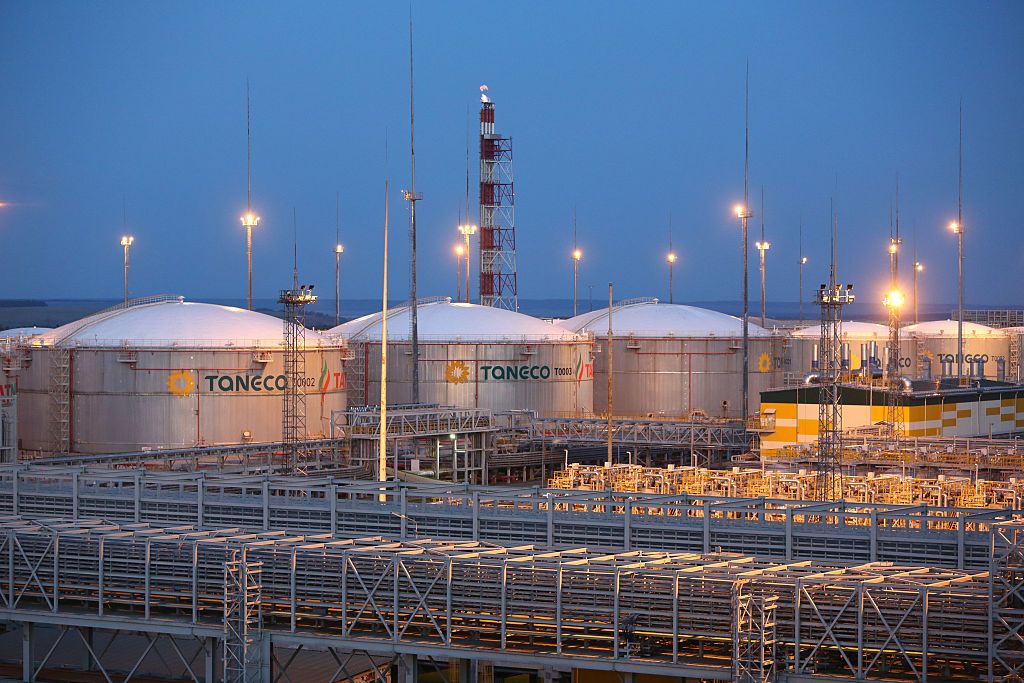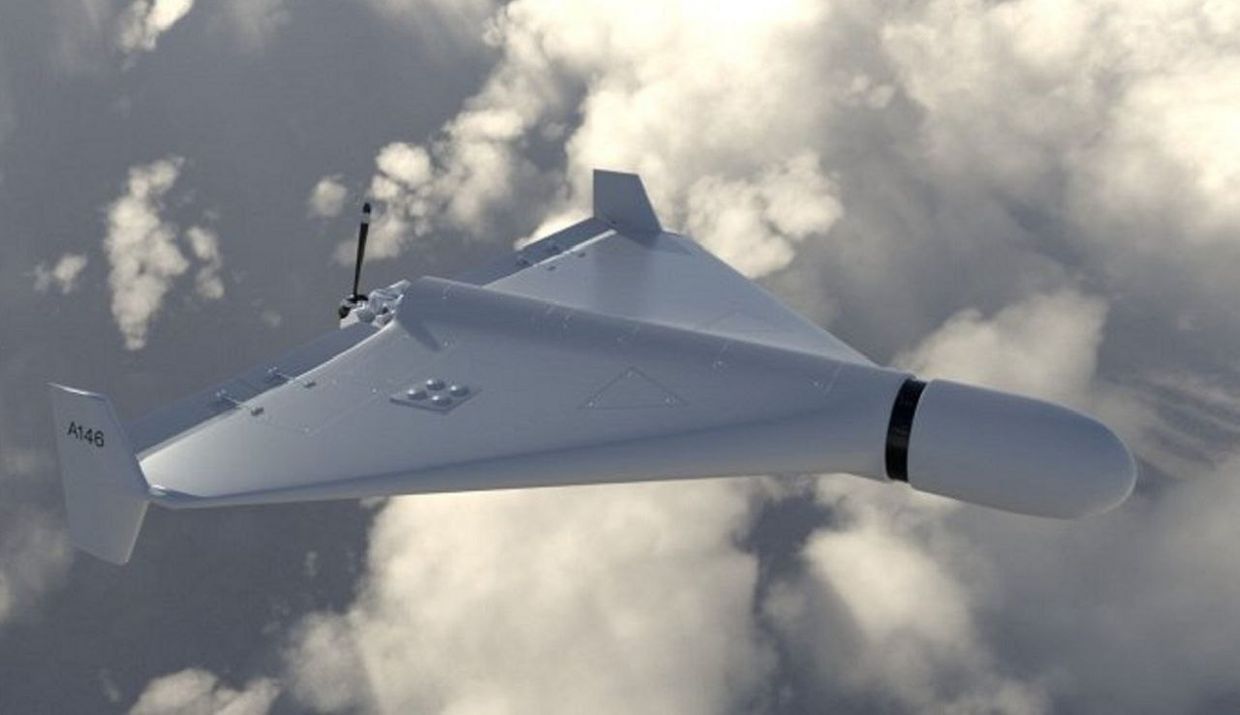For the first time since the start of the full-scale invasion, Ukraine attacked facilities in Russia's Tatarstan Republic, some 1,300 kilometers from the country's border.
On April 2, overnight, drones attacked production facilities in the cities of Yelabuga and Nizhnekamsk, Tatarstan Head Rustam Minnikhanov said.
A source in Ukraine's military intelligence (HUR) told the Kyiv Independent that the agency was behind the attack. The target – a manufacturing facility for the Shahed-type attack drones, which Russia regularly uses in attacks against Ukraine, including those targeting civilian and energy infrastructure.

The factory is the first in Russia to produce the low-cost Iranian drones, vital for the Kremlin's war effort.
A local Russian governor claimed that "there was no serious damage and the technological process of the enterprises was not disrupted" after the strike. While an unnamed source in the Ukrainian security services told RBC-Ukraine that there was "significant destruction of production facilities."
Another target of the Ukrainian long-range drone strike was Russia's third-largest oil refinery in the city of Nizhnekamsk, a source in the Security Service (SBU) told the Kyiv Independent. The source added that the attack was a joint operation carried out by the SBU and HUR.

Ukrainian drone strikes on Russian territory began in May 2023, with the recent uptick in attacks on oil refineries in 2024. In total, the latest attacks have disrupted between 12-14% of Russia's refining capacity, according to Bloomberg.
Responding to reported U.S. concerns about targeting Russian facilities, President Volodymyr Zelensky said Ukraine has the right to use its own weapons for self-defense amid Moscow's large-scale strikes on the country's energy infrastructure.

"It is equally important that Russian terrorists are getting responses to their strikes. Each time, they are getting more and more far-reaching responses," Zelensky said in an evening address on April 2 after the attack on Tatarstan.
Russian Shaheds
Reports of a production facility being built in Tatarstan to domestically produce Shahed-type Iranian kamikaze drones first emerged in the first half of 2023.
The groundworks were captured on satellite imagery from Maxar Technologies in April 2023 and released by the White House. U.S. National Security Council spokesman John Kirby said that the plant could be operational within a year.
Several hundred students of the Alabuga Polytechnic College, mostly underage, were soon said to be involved in the assembly of the Russian-made kamikaze drones, according to an investigation by the Russian media outlet Protocol.
Moscow aims to produce 6,000 Shahed-type drones by 2025 at its Tatarstan plant, the Washington Post reported, citing secret documents of the program. The report said it was "enough to reverse the Russian army's chronic shortages of unmanned aerial vehicles on the front line."


In exchange for drones, Russia reportedly sent Tehran cyber weapons, Western weapons captured on the battlefield, and helped develop Iran's missile program.
In mid-January, Deputy Head of Ukraine's Military Intelligence, Vadym Skibitsky, said that at least two production lines had been assembled in Yelabuga, and Moscow had managed to establish independent production of drones.
Russia is able to assemble about 330–350 drones monthly, but the final number depends on the availability of parts, according to him.
"More spare parts and components are now coming from other countries, so it is not all about Iran," Skibitsky said in an interview with RBC-Ukraine.
"Moscow's goal is to reach a full, closed production cycle of such unmanned aerial vehicles in Russia by 2026," he said.

Deeper strikes
Ukrainian officials have been open about the increase in production of domestically-made long-range drones without unveiling much of the specifics. The country has intensified production, aiming to manufacture 1 million drones this year.
Among them are those with a range of over 1,000 kilometers, Digital Transformation Minister Mykhailo Fedorov said in an interview with Die Welt published on April 1.
Until the Tatarstan strikes, Ukrainian drones had passed a maximum of around 900 kilometers to hit targets in Russia's Leningrad Oblast. An oil depot near St. Petersburg was reportedly targeted in January.
Strategic Industries Minister Oleksandr Kamyshin confirmed that a Ukrainian-made drone was able to travel up to 1,250 kilometers.

It is unknown what kind of weapon was used to attack Tatarstan. After the video of the strike was published, the Russian media claimed that it might not be a regular drone used for an attack but a converted Ukrainian-produced Aeroprakt A-22 Foxbat light aircraft.
Oleksandr Kovalenko, a military analyst and co-founder of the Information Resistance project, does not rule out that it is "quite possible" to adapt this aircraft to be used as an unmanned aerial vehicle (UAV).
"Only those who organized this special operation know what kind of carrier it was. But if we are talking about Aeroprakt, it can be adapted for a long-distance one-way flight, and instead of a pilot and passengers, it can potentially have a powerful warhead," he told the Kyiv Independent.
Ukraine did not use Western-provided weapons for the attack, Yusov told Radio Free Europe/Radio Liberty, saying "the dynamic development of Ukrainian UAV industry should not be concealed."
"It is more than 1,000 kilometers from the border with Ukraine, and the Russians saw that this was a big problem. It turned out that this production facility in Tatarstan, in which they invested a lot of money, is not rare. Weapons are reaching there, and air defense will not save them. I think this is just the beginning," Kovalenko said.















